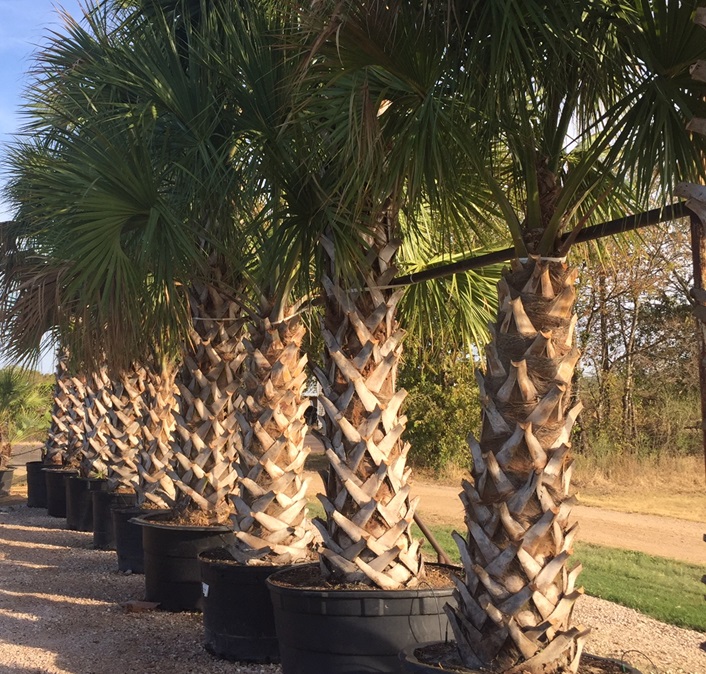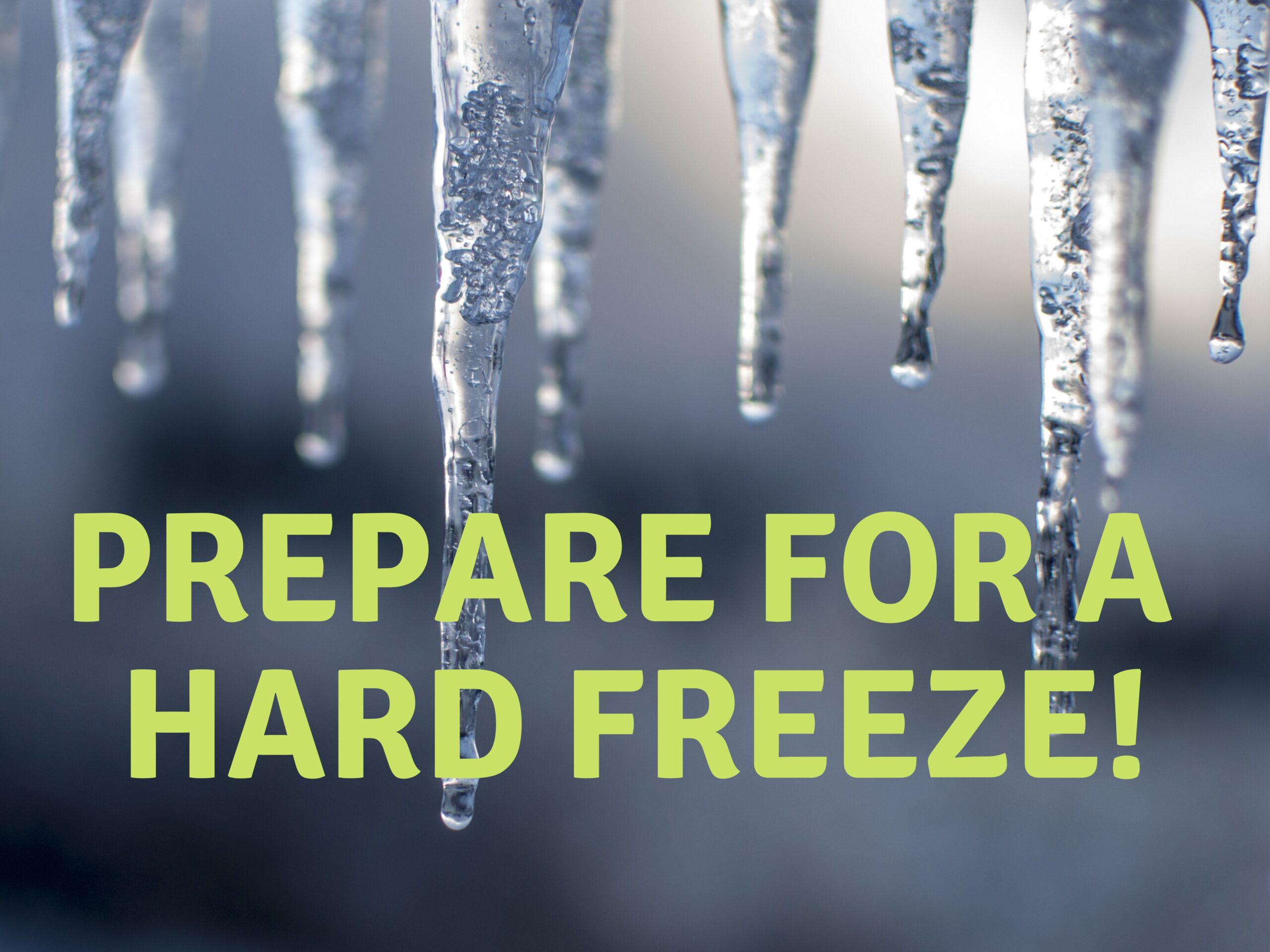As you may have guessed, Lavender is a plant that mystifies many people. Which one should you plant? What conditions do they require? We are fortunate to have a relatively non-hostile environment for growing Lavender in Central Texas. If you have well-drained soil and a sunny exposure, you should be able to grow Lavender with ease. Humidity, poor drainage and heavy soils are the arch enemies of Lavender.
Lavender is drought resistant once established, and to many people’s delight, they are DEER RESISTANT TOO!
There are four primary species of Lavender:
English Lavenders (Lavandula angustifolia) are actually from the Mediterranean. They are called English Lavender because they are the variety that grows best in England’s climate (and in Central Texas, too)! They are quite cold-hardy and bloom in late spring/early summer in Central Texas. English Lavender doesn’t mind humidity and winter moisture as much as other lavenders, and has a soft, sweet fragrance. They are the most common variety used in baking. They do not tolerate wet or heavy clay soils.
*Munstead Lavender tolerates the heat the best of English Lavenders. It has compact silver foliage with violet-purple flowers mid- to late spring. It grows to 18” tall and 24” wide and is hardy in Zones 5-8.
*Hidcote Lavender has a dark purple flower with silvery foliage and blooms from late spring to summer. It does not grow quite as well in hot climates as the Munstead. It grows to 2’ tall and 30” wide and is hardy in Zones 5-8.
*Vera Lavender is an heirloom variety that is cold hardy to -20°F (Zone 5a). It is a “twice-bloomer” and will bloom in late spring/early summer, then again in September when prompt deadheading after the spring flush of flowers is done.
English Hybrid Lavender (Lavandula x intermedia) , sometimes referred to as Lavandins, bloom just as the English Lavenders are finishing in early summer, and continue to bloom to mid-summer. They are hybrids between L. angustifolia and L. latifolia, and tend to be taller than the English varieties. They bloom steadily and abundantly, and are medium-growers with light purple flowers borne on long stems. They also smell incredible, and are widely planted in the Provence region of France where they are grown for perfumes.
*Grosso, one of the Lavandins, is a good oil producer and is widely grown for the cosmetic industry. Its long stems make wonderful bouquets and wands. The calyxes are a deep purple instead of the normal green and keeps its color when dried. It grows to 36” tall and wide. Zone 6-8.
*Provence Lavender is one of the most fragrant of the Lavandins, and is grown commercially for its oil. Flowers are light lavender-blue on long, thin stems. Although it is excellent for making Lavender Wands, it makes a poor cut flower. It grows to 30” tall and 36” wide. Zone 6-8
*Phenomenal is an English lavender hybrid that grows well throughout the south. It is long-blooming and grows 24” to 32” tall and wide. It tolerates humidity and is cold hardy to -10°F. It’s sweet fragrance, silver foliage and purple-blue spikes make this a “phenomenal” lavender to grow in Central Texas! It blooms from early to mid-summer and is used for ornamental and edible purposes. 24” to 32” tall and wide, Zone 5-8.
French Hybrid Lavender (Lavandula intermedia) has the more traditional gray leaves of Lavender, but with serrated edges. It is a large, fast growing shrub which does best kept at about 3’. Flower heads are large and blocky, blooming all summer and fall. French Lavenders are grown more as ornamental plants (the scent is reminiscent of camphor) and grow to 36” tall and 60” wide. It is cold hardy to Zone 8-9
*Goodwin Creek Lavender is a hybrid of French Lavender with a shorter growth habit and a darker purple flower head. Its tall blooms make it a good candidate for lavender wands. It grows 24”-36” tall and 24”-28” wide. It is cold hardy to Zone 6 and flowers in mid-summer.
Spanish Lavenders (Lavandula stoechas) have a completely different look than more traditional varieties. The flower heads appear in early to mid-spring, and are shorter and topped with petals that resemble “bunny ears”. Spanish Lavender loves hot weather, but cannot stand cold temperatures. Leaves are silver, and somewhat pungent, carrying a eucalyptus scent. They tolerate humidity better than any of the other Lavenders and they are grown strictly as ornamentals. Check variety for height. Zone 7-10.
*Silver Anouk Spanish Lavender is a heavy spring bloomer, and blooms dark violet flowers from mid to late spring. It stands up to summer heat and drought and is hardy to Zone 6. It grows to 24” tall and 30” wide. Zone 6-10.
Other Lavenders
*Pinnate Lavender (Lavandula pinnata) is a fast grower with long flower stems. With fern-like gray-green leaves, it grows 2’-3’ tall and wide. Bright lavender-blue blooms appear from summer to fall. It is not grown for fragrance. It should be grown as an annual in Central Texas. Zone 9
Guidelines for Successful Lavender
When to plant: In Zone 8 we can plant Lavender in the spring or the fall. Fall plantings should be made at least 2 months before the first freeze.
Sun: A minimum of six hours of sun, preferably more, is needed to grow lavender successfully.
Soil: We are in luck in Central Texas. Lavender does well in rocky soil! It is imperative that the site be well-drained. This means surface drainage, but it also means “internal” drainage. In other words, DO NOT PLANT IN CLAY SOILS! If you do have a heavy soil, build a raised bed and fill with a soil mix meant for raised garden beds with plenty of organic matter in it. Soil pH should be between 6.5 and 7.5. Higher pH will have the effect of “tying up” nutrients, and should be avoided.
Watering: Water-in well after planting. Check soil regularly and water only when dry. After the plants are established (about 12 weeks), you many only need to water every two weeks or so, depending on the moisture-holding capacity of your soil. It is best to plant your lavender where it will not receive water from a sprinkler system. Be aware of “overspray” from lawn sprinklers, as this can be the downfall of your plants.
Fertilizer: Lavender is not a heavy feeder. If you do fertilize, use an organic product such as Happy Frog Fruit and Flower monthly March-June and September-October.




